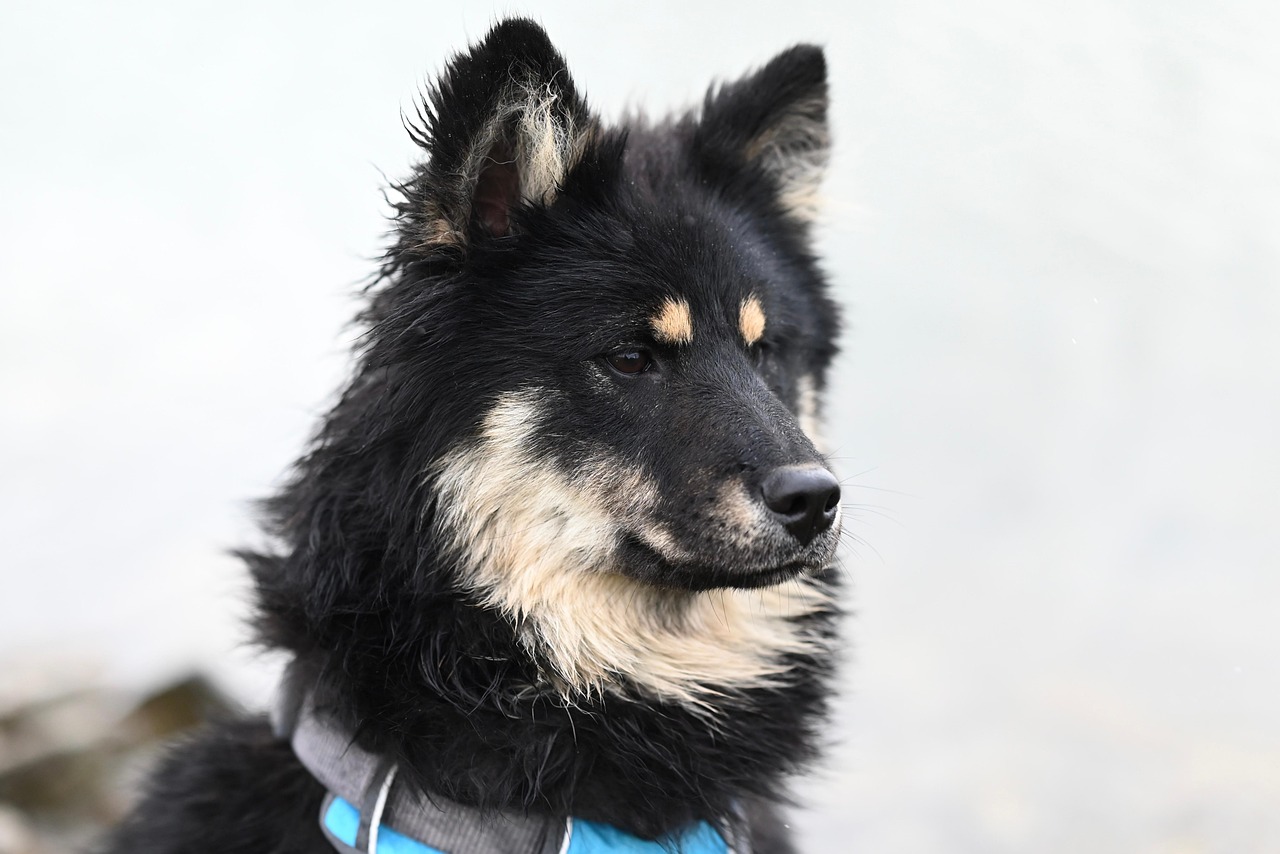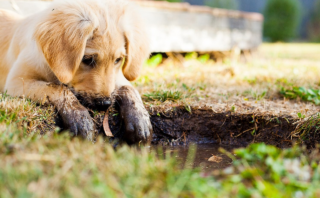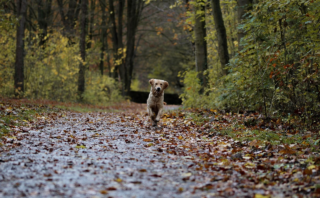Teaching Kids: Effective Dog Training Techniques Simplified
Dogs are not just great companions; they also serve as an excellent platform for teaching children responsibility, empathy, and compassion. Indeed, dog training for kids is more meaningful than simply teaching a young person how to make a dog sit, stay, or fetch. It’s about instilling lifelong values that promote kindness and understanding.
Introducing kids to dog training at an early age has many benefits, but the process can be challenging. For successful outcomes, parents and guardians should approach dog training delicately and systematically, building the child’s confidence in canine communication gradually.
Understanding Dog Behavior
Dog training starts with understanding dog behavior. Four-legged friends have a distinctly different way of communicating, and part of a successful training process is learning to interpret their body language, signs, and signals.
Children should learn that dogs communicate primarily through body language. For example, a wagging tail doesn’t always mean the dog is happy; it could indicate fear, aggression, or insecurity. This is why it’s critical for a child to learn to interpret a dog’s body language accurately.
Moreover, teaching children about basic needs dogs have – such as the need for regular meals, exercise, and socialization – is the foundation for developing empathy and understanding—a key component of successful dog training.

Training Techniques
Once kids grasp why dogs behave as they do, they can begin to learn specific training techniques. One of the most effective dog-training methods for kids is positive reinforcement. This method involves praising or rewarding the dog whenever it does something right. The reward could be a treat, praise, or even a favorite toy.
The procedure for training a dog using positive reinforcement is straightforward: command, reaction, reward. For instance, if you command your dog to sit and it obeys, immediately reward the dog. This immediate reaction will create a mental connection in the dog’s brain between the action (sitting) and the reward.
Moreover, children should also be taught to use simple, one-word commands and to be consistent in using them. For example, choosing between “Down” or “Off” when instructing the dog not to jump on people.
The Role of Patience and Persistence
amidst these techniques, patience and persistence stand out as paramount. The process may be lengthy and require multiple attempts, particularly with puppies or older dogs. It’s essential to remind children that progress might be slow at times, but with patience and continuous effort, they will surely succeed.

Frequently Asked Questions
How old should my child be before starting dog training?
A child should be old enough to understand the responsibility that comes with training a dog. This generally means children aged six and above. However, all children are different, and maturity comes at different ages.
What if my dog doesn't respond to my child's commands?
Patience is key. Dogs, like children, learn at their own pace. Training should be a consistent, daily routine, but avoid pushing too hard. If the problems persist, you might want to consider involving a professional dog trainer for guidance.
Can my child train our older dog?
Yes, older dogs can still learn new tricks! However, training might take a bit longer than with a puppy, and some older dogs might have health issues that limit what they can do.
How can I ensure my child stays safe while training the dog?
Supervision is always necessary, especially for children training larger or more aggressive dogs. Always ensure a responsible adult is present during the training sessions.
Conclusion
Teaching a child to train a dog is an amazing opportunity to instill lifelong values like empathy, patience, and the importance of communication. It should be a bonding experience filled with mutual respect and shared success. While difficulties are inevitable, it’s essential to remain positive and reinforce the idea that with consistency and patience, victory is guaranteed. Remember, every effort you invest in teaching dog training to your child cultivates not just a well-behaved dog but a responsible and empathetic person the world needs.



